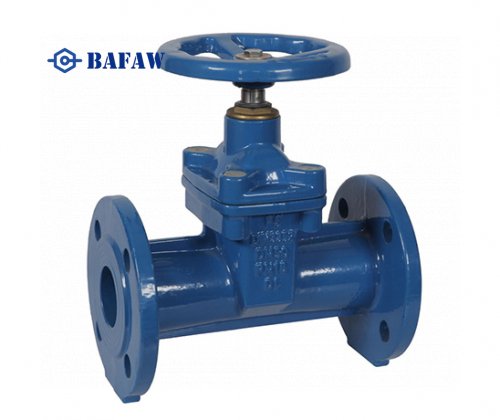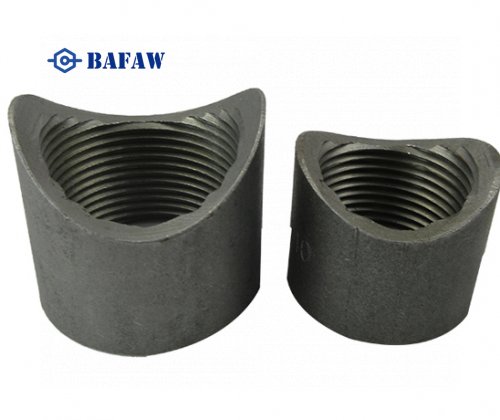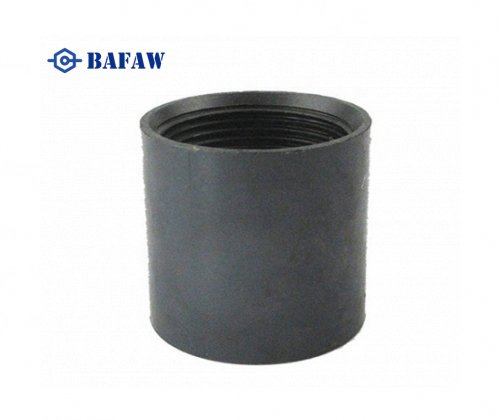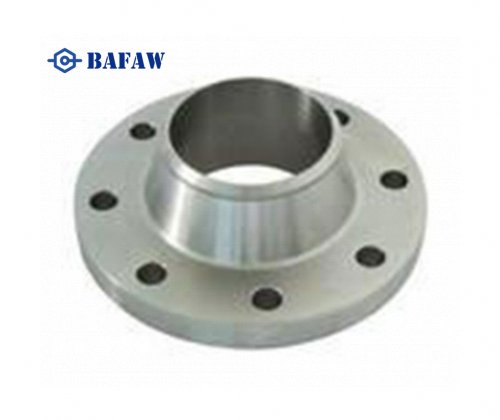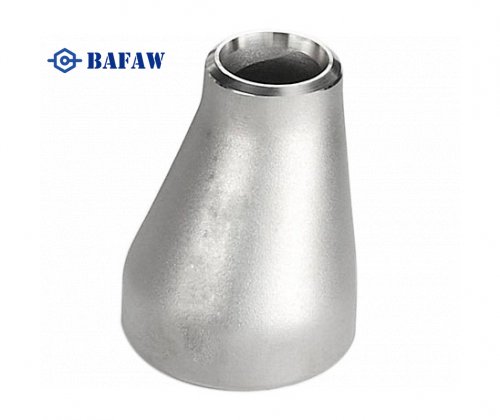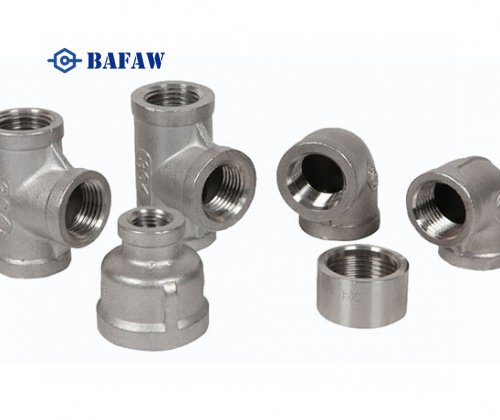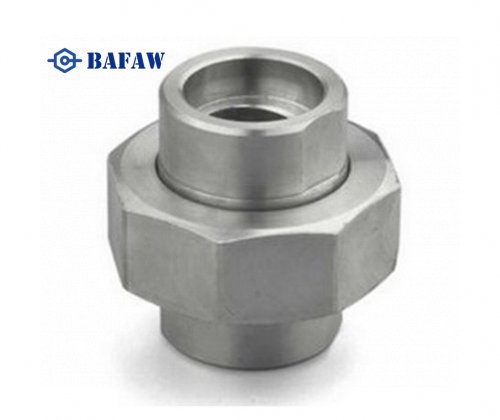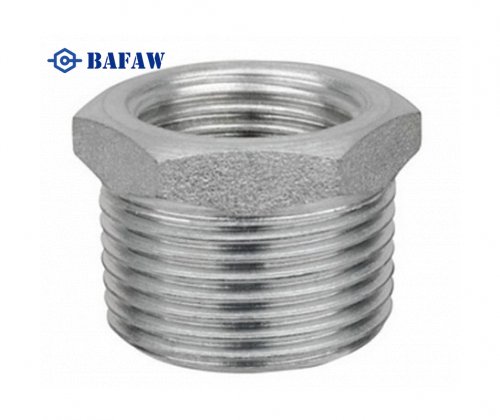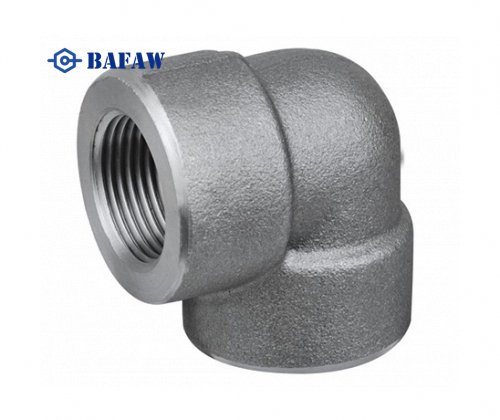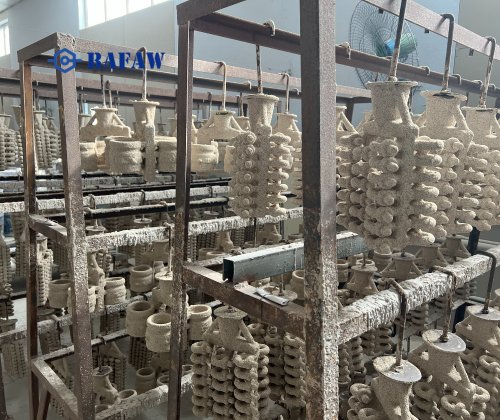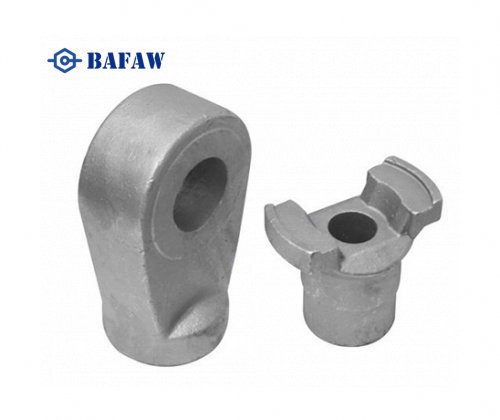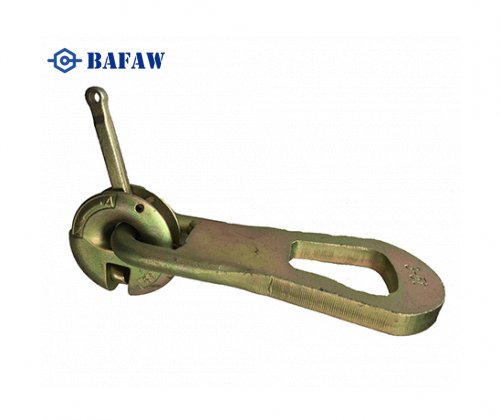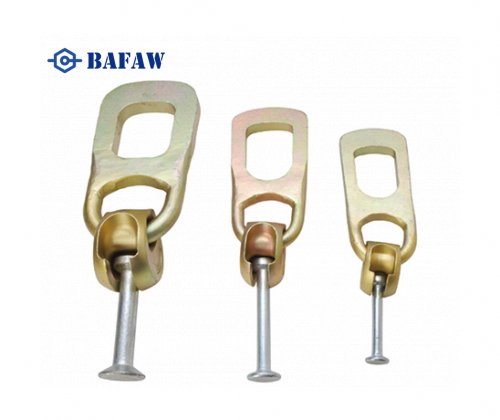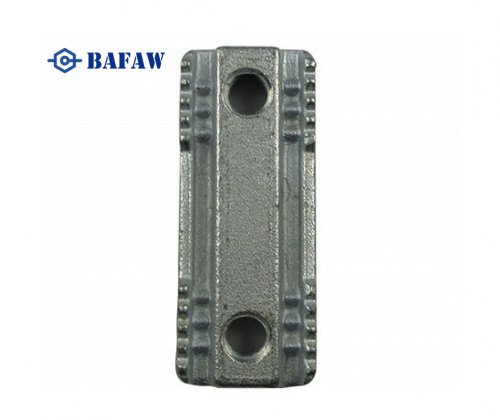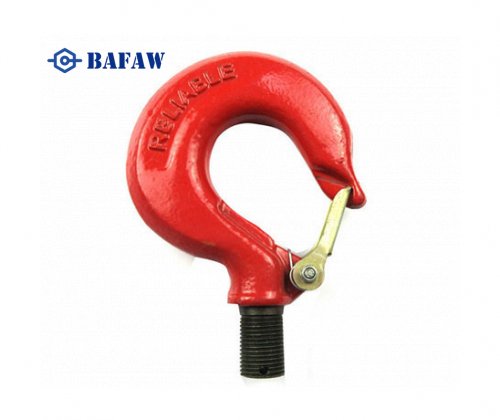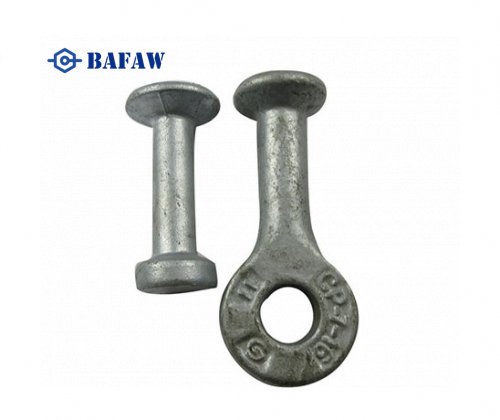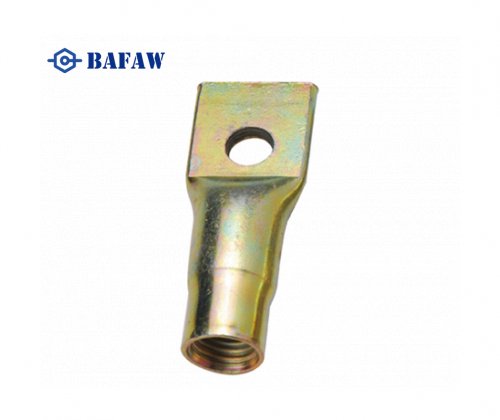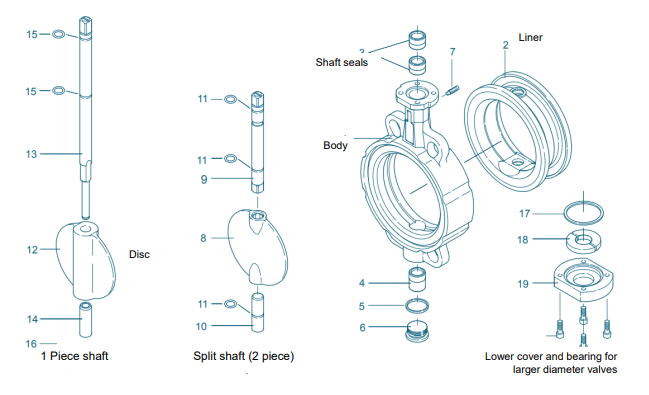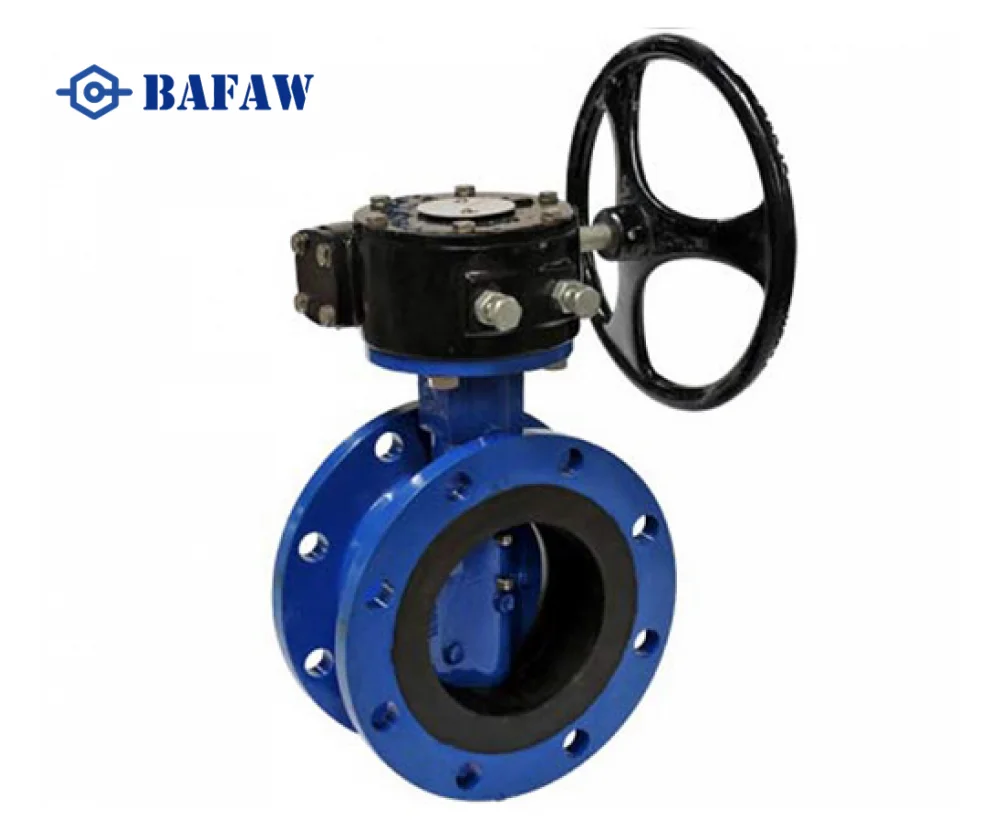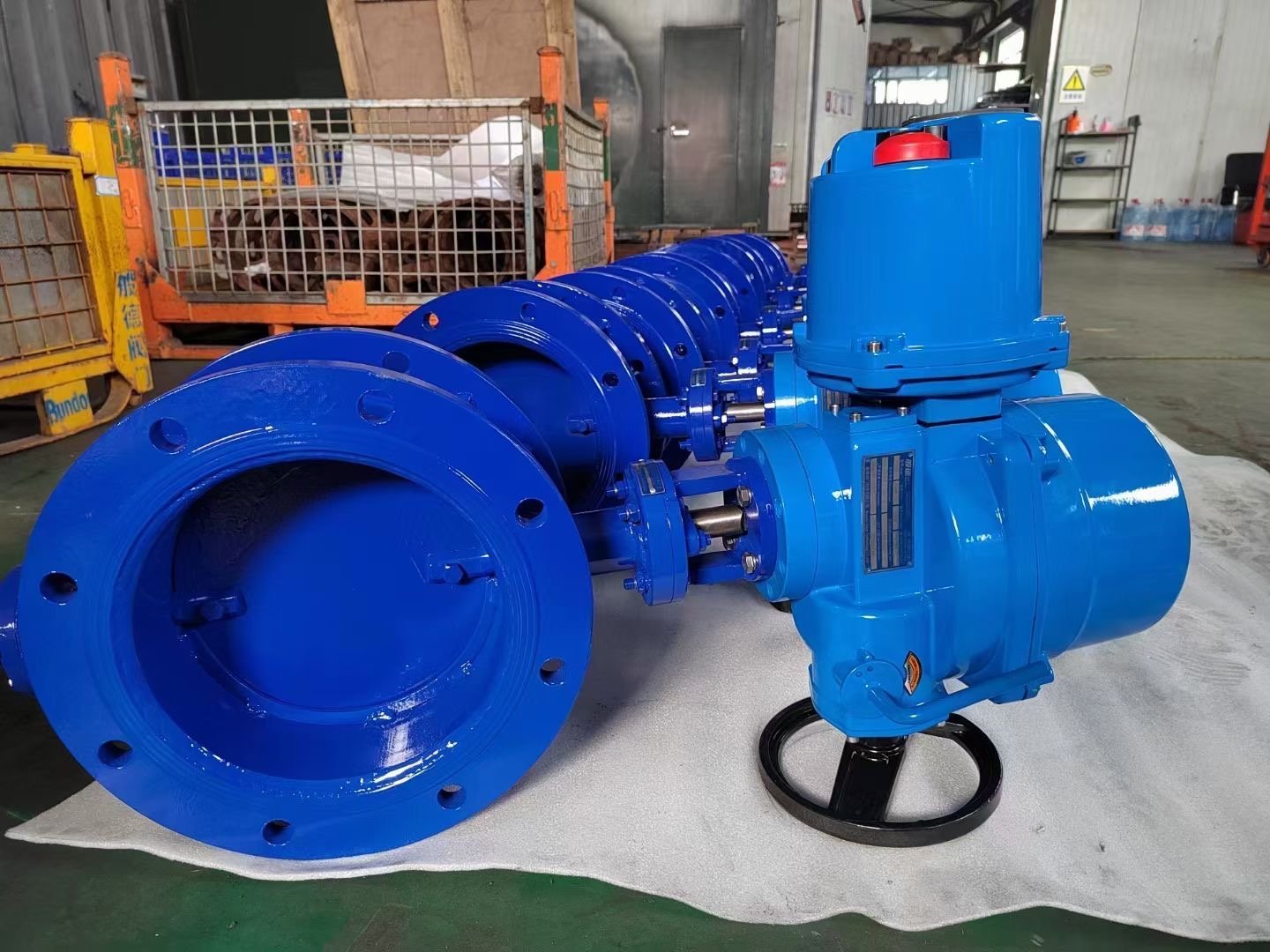Butterfly valves are great devices. They control flow with a simple design. Their performance is exceptional in many industrial uses. Every part is key for reliable flow control. This includes the strong valve body and the precision disc.
A valve works best when you choose the right design and materials. Consider wafer or lug designs, and find the right materials for discs, stems, and seats.
The valve's optimal performance relies on proper maintenance. System failures can be costly. Check wear points regularly. Use the right methods for seat replacement. Take care of stem seals properly. This can help prevent issues. This knowledge helps operators make smart choices. They can fix or replace parts, which extends the valve's life and lowers operational costs.
FAQs
Q1. What are the main components of a butterfly valve?
The main components of a butterfly valve include the valve body, disk, stem, and seat. The valve body attaches to pipe flanges. The disk controls the flow. The stem connects the disk to the actuator. The seat seals the disk edge against the valve body.
Q2. How do butterfly valves compare to other valve types' space requirements?
Butterfly valves are more compact and lightweight compared to ball, check, globe, or gate valves. This makes them ideal for installations with tight spatial limitations or weight restrictions.
Q3. What types of actuators are commonly used with butterfly valves?
Common actuators for butterfly valves include manual handles and gearboxes, pneumatic actuators (single and double-acting), and electric actuators (part-turn and multi-turn). The choice depends on factors like valve size, required precision, and operational environment.
Q4. How often should butterfly valve parts be maintained?
Regular maintenance is crucial for optimal performance. The frequency depends on factors like usage, media type, and operating conditions. Common maintenance tasks include inspecting wear points, replacing seats, and maintaining stem seals to prevent failures and system downtime.
Q5. What are the temperature and pressure capabilities of butterfly valves?
High-performance butterfly valves work well in temperatures from -28°C to 500°C (-18°F to 932°F). They can also handle pressures up to 51 bar (740 psi). General service models typically function from -28°C to 98°C (-18°F to 208°F) and handle pressures of around 14 bar (200 psi).

















